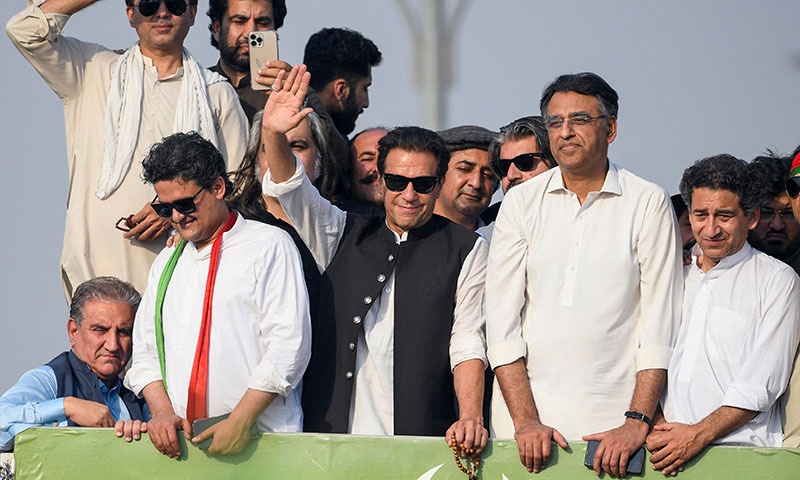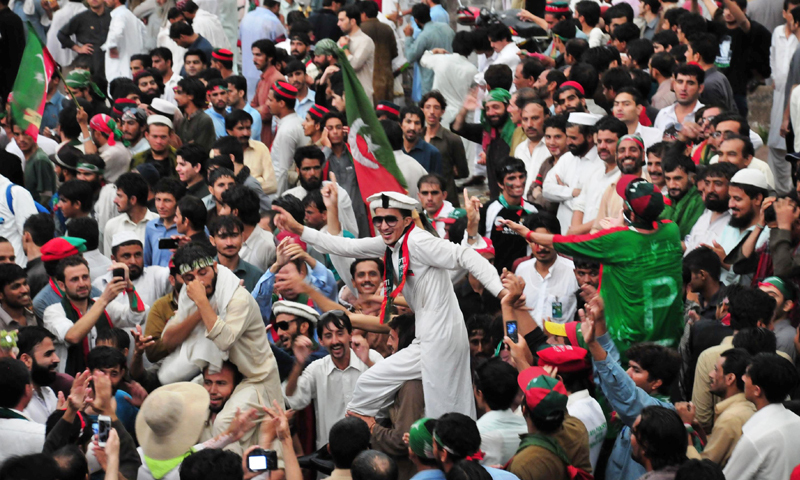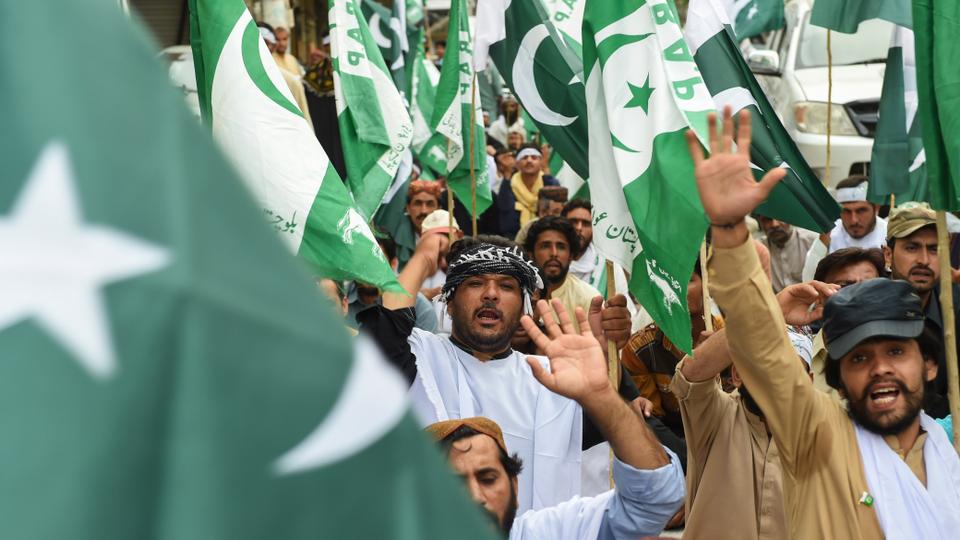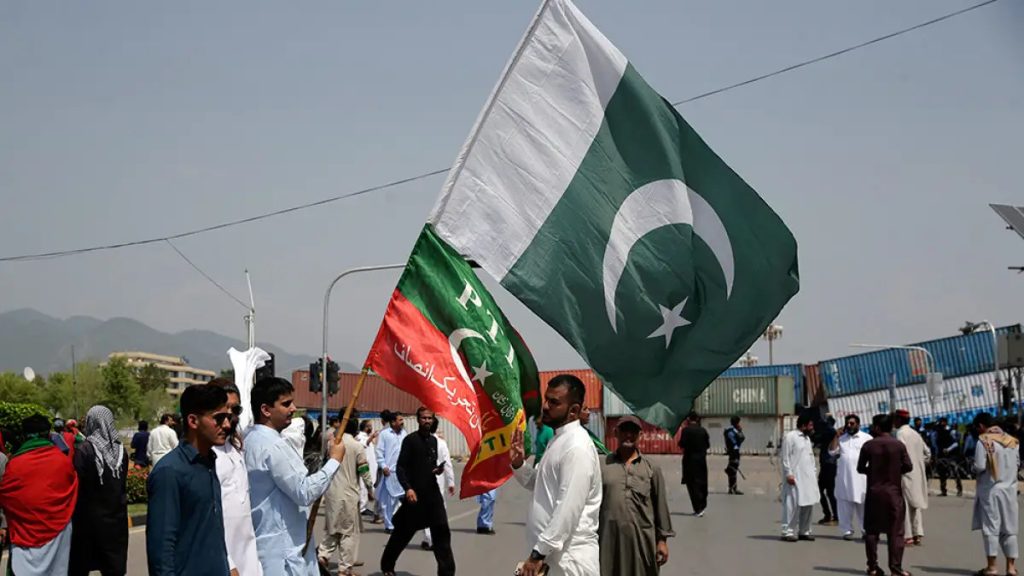A protest march was carried out in support of Pakistan’s former Prime Minister Imran Khan and was later called off followed by clashes with police. Supporters and workers of Khan’s political party Pakistan Tehreek-e-Insaf (PTI) entered the Red Zone, where important government buildings including the Parliament, and Supreme Court are situated, in Islamabad on May 26 and later was stopped by the Pakistan Rangers and other law enforcers.

The demand for the party was to hold elections to democratically elect a Prime Minister, unlike how Shehbaz Sharif, brother of the former PM Nawaz Sharif, took charge of the government. Khan has threatened to return with the entire nation if elections were not held within the next six days.
Imran Khan has been putting pressure on the Sharif regime since he was ousted from the PM position in April through a parliamentary vote of no-confidence.

Street-level protests including marches and occupying the key cities have remained a driving factor in the country to bring political change in the last two decades. The narrative behind such protest is to change the political representative, leading to an eventual political transformation.
Some political protests in past
In 1968, nearly 10-15 million students and workers took to the streets against the then military dictatorship of Ayub Khan, leading to his resignation in 1969.
1977, the Pakistan Nationa Alliance (PNA) launched demonstrations to oust the then PM Zulfiqar Ali Bhutto. He was later removed after a military coup following the orders of General Zia-ul-Haq.
In 1980, the minority Shia community in Pakistan led a major protest against the implementation of Zakat and Ushr ordinances, the rule to deduct religious tax under Zia’s administration.

In 2007, lawyer leaders along with the then Chief Justice of Pakistan Muhammad Chaudhary, who was unconstitutionally suspended by the then PM Parvez Musharraf, took to the streets and began the first long march in the country demanding the reinstatement of Chaudhary as CJP. Around 80,000 lawyers took to the streets.
In 2008, lawyers again hit the roads demanding Musharraf’s resignation and reinstating of 60 judges, who were removed following an emergency in 2007. Around 500,000 people took part in the protest. It gave birth to two major political parties, the Pakistan Muslim League-Nawaz (PML-N) and the Pakistan People’s Party (PPP).

In 2014, Imran Khan’s PTI launched Azadi March following the accusation of rigged general elections by PML-N in 2013. It gave much popularity to Imran Khan. There were other marches arranged by the opposition against Imran after taking office demanding his resignation.

